|
|
|
|
| Inclusion is more than physical presence in the classroom. Students learn when they actively participate in the academic lessons and interact with others. Here are some tips to create a meaningful and inclusive learning environment. |
| Attitude is Everything Believe that all students can participate. Value the student and their independence. Forget past failures. Focus on present potential and future success. |
|
|
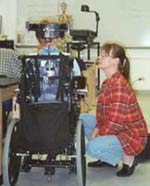 Speak to Others Directly Speak to Others DirectlyProvide written documentation to the team when needed, but remember the value of a face-to-face conversation. Resist the temptation to rely solely on paraeducators to communicate your message to others or on anonymous correspondence through office mailboxes. Likewise, always speak directly to students, the paraeducator is not their communication tool. |
| Listen and Share Student success is the responsibility of everyone on the team and everyone involved has valuable insights. Share stories, critical bits of information that one learns from daily contact with the student, or ideas from home. Collaborate when identifying lesson goals and modifications. Troubleshoot problems together. |
|
|
|
|
|
|
|
|
|
|
| Outline Roles and Responsibilities Who will escort the student to class? Who is responsible for obtaining a book on tape? Who is going to ask the student questions about the day's lecture? Name and itemize all tasks completed by adults, or the student's participation will decrease. |
|
|
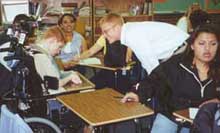 Visit the Classroom Visit the ClassroomUnderstand the dynamics and the culture of a classroom, before making any recommendations for a student. Observe the student in the classroom to gain awareness of the teacher's expectations, the benefits of particular adaptations, or which adaptations need modification. |
| Enlist the Administrators to Participate! Seek input and support from principals and assistant principals. Their guidance creates accountability and ensures teachers communication and collaboration. Ask administrators to assist, honor and provide scheduled planning time for team members. |
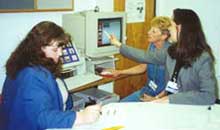 Supervise
Paraeducators! Supervise
Paraeducators!Paraeducators require explicit instructions and on-going supervision to facilitate the particiption of students in the classroom. Although the paraeducator may have the most contact-hours with the student, the teachers should make content decisions for individual lessons. |
| Respect Paraeducators Include paraeducators in weekly planning meetings as well as IEP meetings. Paraeducators have valuable insights into the student and the classroom dynamics. Their participation in meetings creates a clear idea of what is expected of students and themselves. |
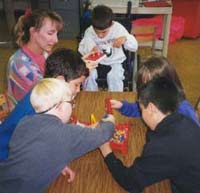 Create and Design Universally Create and Design Universally Design instruction and choose materials that make the learning activities accessible to all the students in your classroom. Plan and consider all differences in abilities including speaking, sight, hearing, movement, reading, writing, attention, memory, and organization skills. |
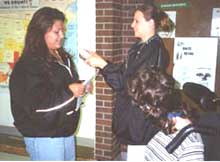 Positive
Peer Power Positive
Peer Power A student's peers are an excellent resource. Consult peers for jazzy comments to put on communication devices, suggestions or advice on new ways to increase participation, and create meaningful interactions. |
| Generalize and Broaden Your Efforts When you create a new activity for a specific lesson, choose content that will apply to future students and other students in the class. Remember that a technique used for one particular class will work for a different class. Share your efforts with others and a student's participation will increase in new places. |
Contact Us for more
information.
![]()

JFK Partners
University of Colorado Denver
13121 E. 17th Ave, C234
Aurora, CO 80045
email: info@projectparticipate.org
![]() This
site designed and hosted by Electronic Storefronts, Inc
This
site designed and hosted by Electronic Storefronts, Inc
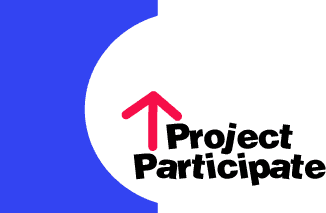


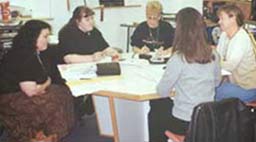 Build a Rapport With Others
Build a Rapport With Others Promote Independence
Promote Independence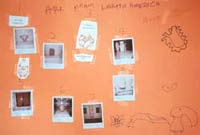 Accept Alternative Products
Accept Alternative Products Explore Technology
Explore Technology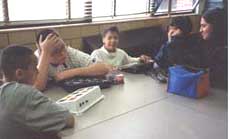 Use Technology Effectively
Use Technology Effectively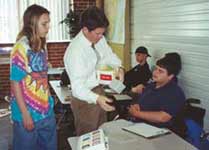 Conduct Assessments Everyday
Conduct Assessments Everyday